Nutrition
3-Mistakes of Intermittent Fasting
Intermittent fasting (IF) is currently one of the world’s most popular health and fitness trends.
People are using it to lose weight, improve their health and simplify their lifestyles.
Many studies show that it can have powerful effects on your body and brain and may even help you live longer.
However, there are three (3) big mistakes that many people make that can cause Intermittent Fasting to backfire and a person can gain weight!
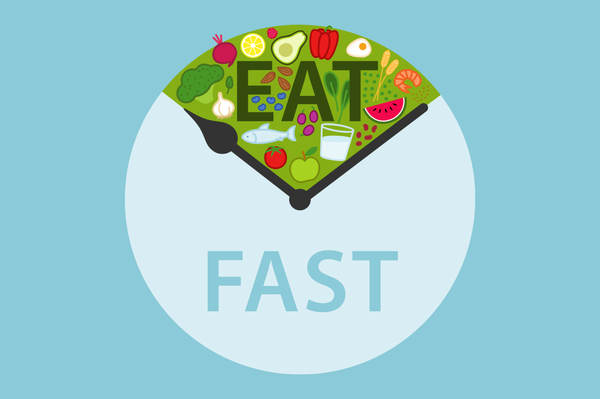
The 101 BASICS on IF:
Intermittent Fasting is an eating pattern that cycles between periods of fasting and eating.
It doesn’t specify which foods you should eat but rather when you should eat them.
In this respect, it’s not a diet in the conventional sense but more accurately described as an eating pattern.
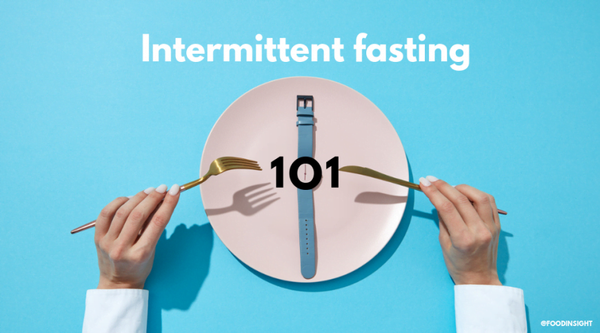
There are several different ways of doing intermittent fasting — all of which involve splitting the day or week into eating and fasting periods.
During the fasting periods, you eat either very little or nothing at all.
These are the most popular methods:

The 16/8 method: Also called the Lean-gains protocol:
It involves skipping breakfast and restricting your daily eating period to 8 hours, such as 10am –6pm
Then you fast for 16 hours in between.
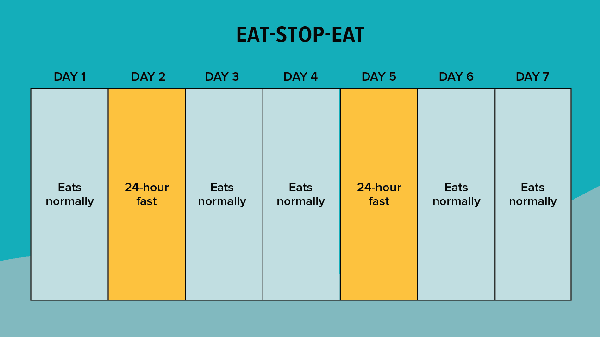
Eat-Stop-Eat:
This involves fasting for 24 hours, once or twice a week.
For example by not eating from dinner one day until dinner the next day.
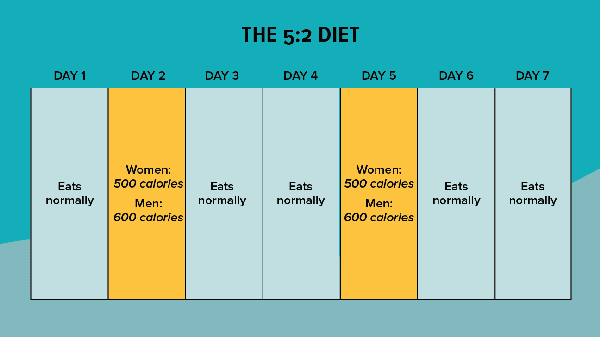
The 5:2 Diet:
With this method, you consume only 500–600 calories on two non-consecutive days of the week, but eat normally the other 5 days.
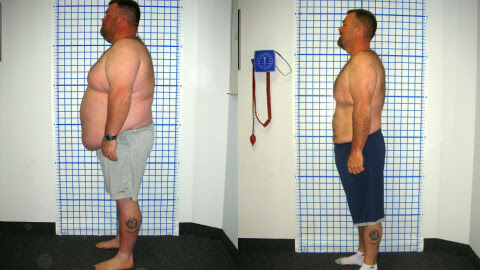
By reducing your calorie intake, all of these methods should cause weight loss as long as you don’t compensate by eating much more during the eating periods.
Many people find the 16/8 method to be the simplest, most sustainable and easiest to stick to.
It’s also the most popular.

Benefits of IF other than weight loss:
- Human Growth Hormone (HGH): The levels of growth hormone skyrocket, increasing as much as 5-fold. This has benefits for fat loss and muscle gain, to name a few.
- Insulin: Insulin sensitivity improves and levels of insulin drop dramatically. Lower insulin levels make stored body fat more accessible.
- Cellular repair: When fasted, your cells initiate cellular repair processes. This includes autophagy, where cells digest and remove old and dysfunctional proteins that build up inside cells. tippmix sportfogadás meccs ajánló
- Gene expression: There are changes in the function of genes related to longevity and protection against disease.
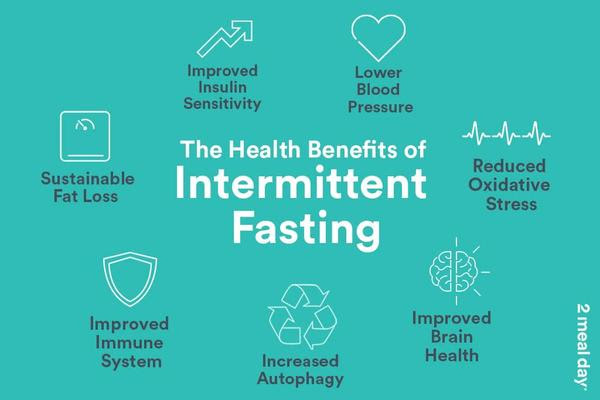
Sounds good!
But there are three (3) potential big mistakes with IF which can cause it to backfire and instead of losing you’ll gain weight, especially fat weight.

Mistake #1
STARTING OFF DRASTICALLY WITH INTERMITTENT FASTING:
Many people who have just been living on the Standard American Diet (SAD) are not ready to jump into something radical.
It’s like signing up to drive in the Dayton 500 when you are just working on getting your learners permit.
When it comes to any type of eating plan it is paramount to plan and prepare.
- Groceries and meals need to be planned
- Food needs to be available and prepared
Otherwise, when carvings happen (and they will in the beginning) you’ll be able to avoid the temptation of grabbing the wrong things.

Mistake #2
EATING THE WRONG FOODS:
Meal timing or ‘The eating window’ is meaningless without the correct food choices.
I have witnessed many well-intended clients attempt to lose weight with fasting only to be eating foods high in carbohydrates (sugar), which will lead to elevated insulin, even in low calorie amounts.
In the 27-years I have been in this field, FOOD SELECTION is more important than MEAL TIMING by a factor of 1000%!

Mistake #3
NOT EXERCISING WHEN INTERMITTENT FASTING:
Luckily this is not an issue with my clients as their prescriptive and purposeful exercise appointments are included with our Active Management Service.
However, I have witnessed many other individuals attempt to lose weight with diet alone and it always backfires in the long term.
The reason is because of muscle.
Muscle is the place where calories are burned.
And when you diet alone, especially in a restrictive caloric state, you’ll lose muscle every time.
This is especially true if you over the age of 30 because you are already in a natural state of atrophy.
This will lead to a SLOWER METABOLISM.
Unfortunately, you’ll naturally burn fewer calories every day from then on.
This is exactly what must be avoided.
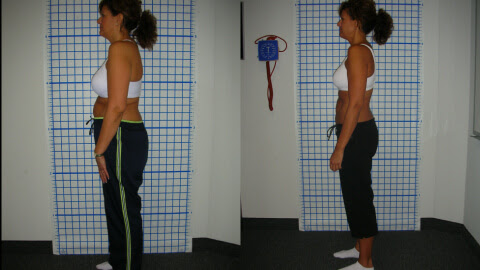
In Conclusion:
If Intermittent Fasting is done properly:
- The Right Food Selections
- The Right Exercise
- The Right Evaluations and Accountability
Intermittent fasting can be used in combination with a low insulin diet to reap massive weight loss and health results.


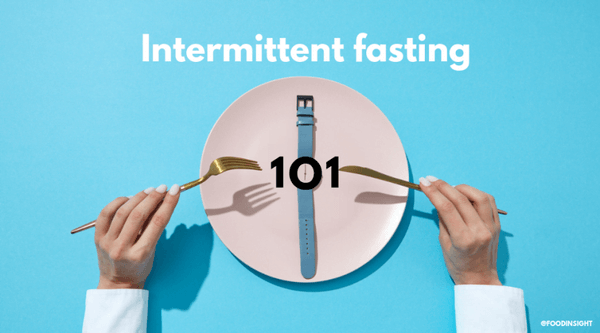
With respect !!!